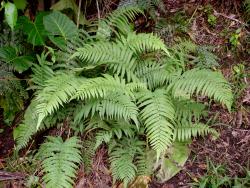Terrestrial ferns. Rhizomes erect to short- or long-creeping, scaly. Rhizome scales narrowly ovate, setiferous. Fronds monomorphic. Stipes hairy. Laminae 1-pinnate-pinnatifid, herbaceous, usually with 1–5 pairs of proximal pinnae gradually reduced in size to c. 20 mm long; basal pinnae auricled acroscopically; aerophores at base of pinnae not swollen; abaxial surface of laminae lacking scales, usually bearing erect acicular hairs, sometimes bearing short capitate hairs, and sometimes bearing thick red or orange glandular hairs (not NZ), lacking sessile spherical glands. Veins free (not NZ) or one or more basal veins from adjacent pinna lobes uniting below the sinus (NZ). Sori round, indusiate; paraphyses absent. Indusia reniform, bearing acicular hairs. Sporangia lacking glands or hairs near annulus, but bearing an elongate unicellular glandular hair on the stalk. Spores monolete, tuberculate or ridged.
Allan (1961) included all indigenous New Zealand species of Thelypteridaceae within a broadly construed Thelypteris. Holttum (1976) recognised Christella as a distinct genus of Thelypteridaceae with about 50 species, mostly in the Old World tropics, and one species in New Zealand. He distinguished the genus principally by the presence of an elongate, unicellular, thick, blunt hair on the stalks of the sporangia (Holttum 1971a). In addition, the proximal pinnae are usually gradually reduced, the aerophores at the base of the pinnae are not swollen, acicular hairs are usually present on both surfaces of the lamina, short capitate hairs are sometimes present, thick red or orange glandular hairs are sometimes present (but not in New Zealand), sessile spherical glands are absent, the basal veins from adjacent pinnules usually join, and the sori are indusiate (Holttum 1977). The Australasian and Pacific species remain largely unchanged following the work of Fawcett & Smith (2021), except for three Hawai‘ian species transferred to the new genus Menisciopsis.
A genus of 66 species distributed in the tropics and subtropics of the Old World and two extending to tropical America (Fawcett & Smith 2021); five species in Australia (Bostock 1998) and c. 16 in the Pacific (Holttum 1977). Christella dentata is naturalised in the New World (Smith 1971; Holttum 1976) and Hawai‘i (Palmer 2003). One species in New Zealand; none endemic.
| Category | Number |
|---|---|
| Indigenous (Non-endemic) | 1 |
| Total | 1 |
The base chromosome number in Christella is x = 36 (Holttum 1977; Smith 1990; Fawcett & Smith 2021).
Holttum (1971b) accepted Léveillé’s earlier name, Christella, for a genus that he was then in the process of recognising. He selected C. parasitica (L.) H.Lév. as the type of the genus and redefined some of the characters.
Davison (1995) investigated Christella in New Zealand for an M.Sc. at the University of Auckland, but the results of her work have never been published.




